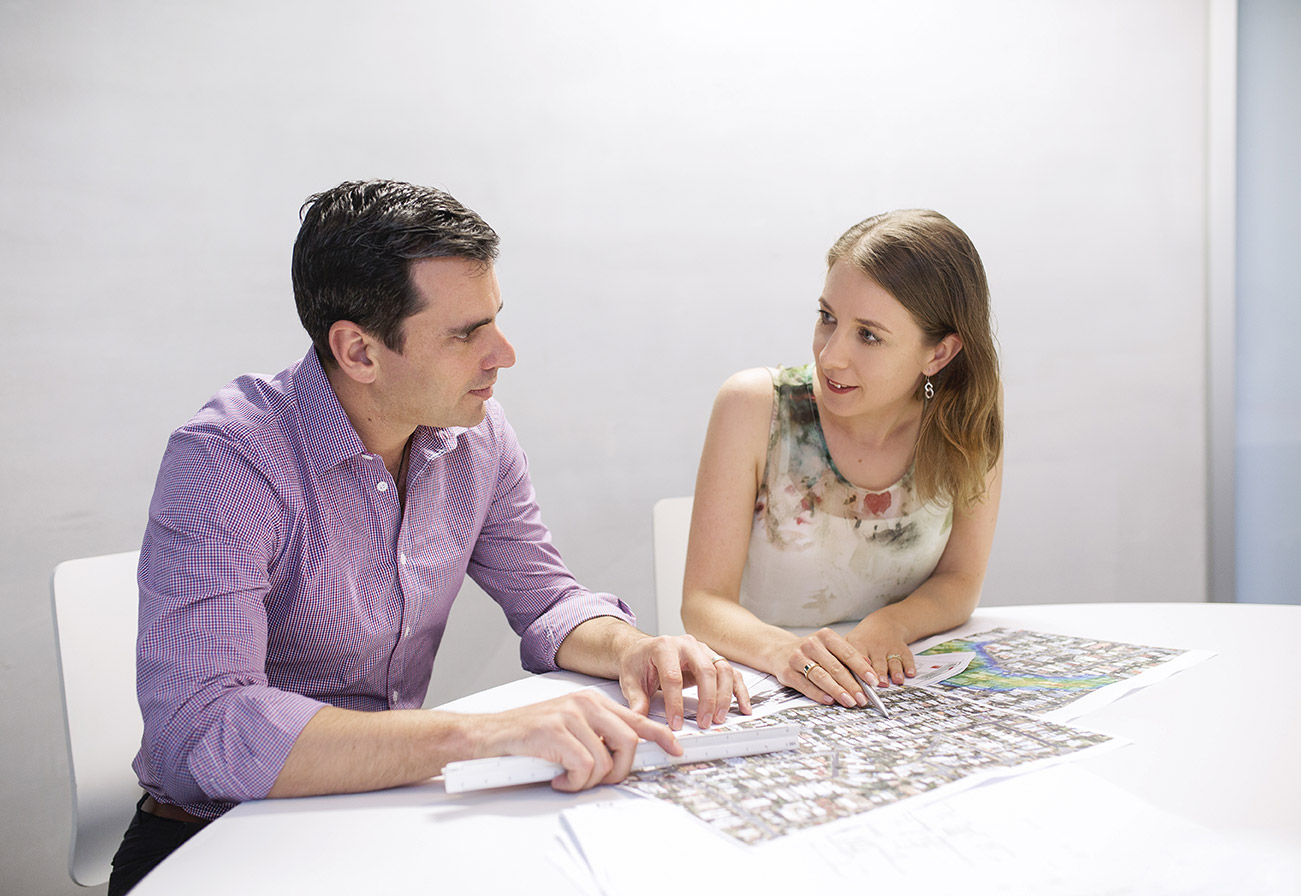Working together – the architect/civil engineer relationship

There are longstanding mythologies around the ability for an architect and civil engineer to successfully work together. Inertia Engineering’s Managing Director Scott Clements shares his thoughts on what contributes to a strong architect/civil engineer relationship, and why he loves working with architects.
What do you love about working with architects?
Bouncing ideas off each other, working together to get the best results and ultimately seeing how their creativity and experience can result in a great project for the user and community in general.
What are some of the factors that contribute to the traditional stigma surrounding the architect/civil engineer relationship?
Most often than not, civil engineers and architects don’t get a chance to collaborate, so they’re not always practised at working together. I believe that one of the concerns architects have is the lack of service from a civil engineer, and sometimes the lack of understanding of architectural or building issues. This often comes from working with civil engineers that aren’t experienced in working with built-form projects. The engineer’s background may be from land or infrastructure, where they don’t often have to collaborate with architects or consider building issues.
How important is it that architects and civil engineers form a strong relationship?
A consultant team is only as strong as it’s weakest link, therefore it’s important that civil engineers and architects also have strong working relationships. The difference between a good civil engineering solution and a poor one can be huge, particularly in relation to project costs. Often the good solution will need strong co-ordination with the architect to make it possible. Working together can create a big net gain for the project.
How do you make sure both teams stay on the same page?
Early involvement from both disciplines as well as ongoing communication is the key. The concept or schematic stages of a project should have heavy involvement from each discipline so that all possible solutions are proposed and considered. This sets up a smooth and efficient design process and leads to lower costs when the project starts on site.
 Back to News
Back to News
